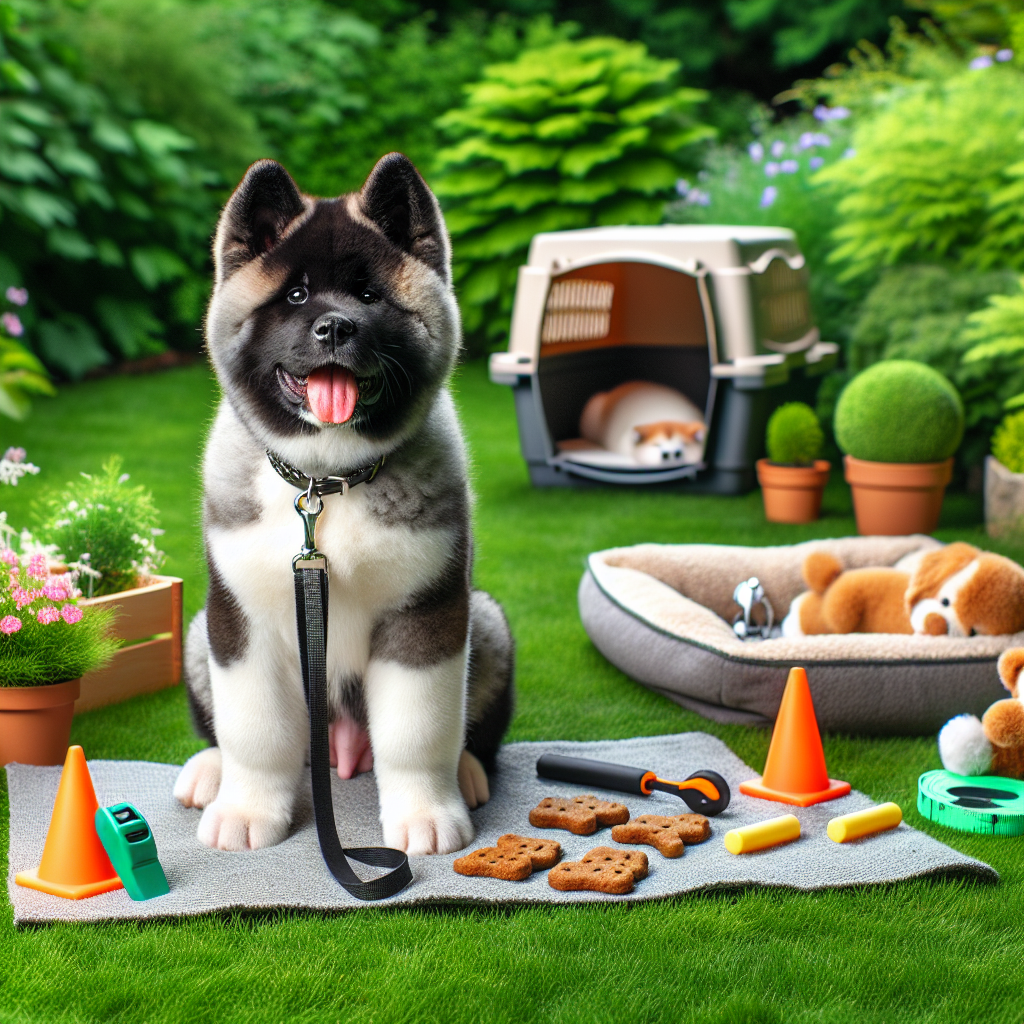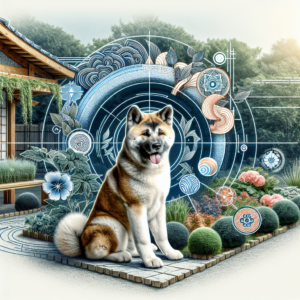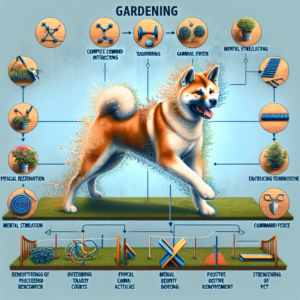Contents
Introduction
Training your Akita puppy from an early age is vital to fostering a well-behaved, well-adjusted adult dog. Akitas are independent and intelligent, so they require consistent training methods to succeed. This guide will walk you through the essential steps of training your Akita puppy, from basic obedience to socialization, crate training, and housebreaking.
Basic Obedience Commands
Teaching your Akita puppy basic commands will lay the foundation for more advanced training. Begin with simple commands like “sit,” “stay,” “come,” and “heel.” These are essential for communication and control.
Sit and Stay
Sit: Hold a treat in front of the puppy’s nose and slowly move it upward. As the puppy sits, say “sit” and reward with a treat. Repeat the process until the puppy responds consistently.
Stay: Start with your puppy in the “sit” position. Open your hand in front of their face, saying “stay,” and take a step back. Reward when the puppy holds the position. Gradually increase the distance.
Come and Leash Walking
Come: Use a leash to encourage the puppy to come to you. Say the command “come” while gently pulling on the leash, and reward when the puppy reaches you.
Leash Walking: Practice walking on a leash by encouraging the puppy to walk beside you. Use treats and praise to reward walking without pulling.
Positive Reinforcement Techniques
Akitas respond best to positive reinforcement. Use treats, praise, and affection to reward desirable behaviors. This creates a strong bond and helps the puppy learn quickly. Avoid using negative reinforcement or harsh methods, as these can damage the trust between you and your puppy.
Consistency in Training
Consistency is essential when training your Akita. Use the same commands and rewards each time to help your puppy understand what’s expected. Keep training sessions short and positive to avoid frustration.
Socialization
Socializing your Akita puppy is one of the most important aspects of early training. Proper socialization helps prevent behavioral issues and ensures your puppy grows up to be confident and well-adjusted.
Socialization Scenarios
- Introducing to new people and animals: Expose your puppy to different environments, people, and other dogs to ensure they become comfortable and friendly in various situations.
- Different environments: Take your puppy on car rides, to parks, and to pet-friendly stores to expose them to a variety of settings.
Addressing Fear and Anxiety
It’s normal for puppies to feel anxious or fearful during socialization. Gradually increase exposure to new experiences and provide reassurance with calm, positive reinforcement. If your Akita shows signs of extreme fear, consult a professional trainer for guidance.
Crate Training and Housebreaking
Crate training and housebreaking are fundamental to a puppy’s development and safety. Akitas, in particular, benefit from a safe and secure crate that they can use for rest and relaxation.
Crate Training
Introduce the crate as a positive and safe space. Begin by feeding your puppy in the crate and offering treats and toys inside. Gradually increase the time your puppy spends in the crate, and never use it as punishment. Crate training helps with housebreaking and gives your Akita a sense of security when you’re not around.
Housebreaking
Establish a regular potty schedule, taking your puppy outside after meals, naps, and playtime. Praise and reward when the puppy goes outside. If accidents occur indoors, clean them up without scolding, as punishment can create fear and confusion.
Troubleshooting Tips
If your Akita struggles with housebreaking, try taking them outside more frequently or adjusting their feeding schedule. Be patient and consistent. If issues persist, consult a professional trainer.


